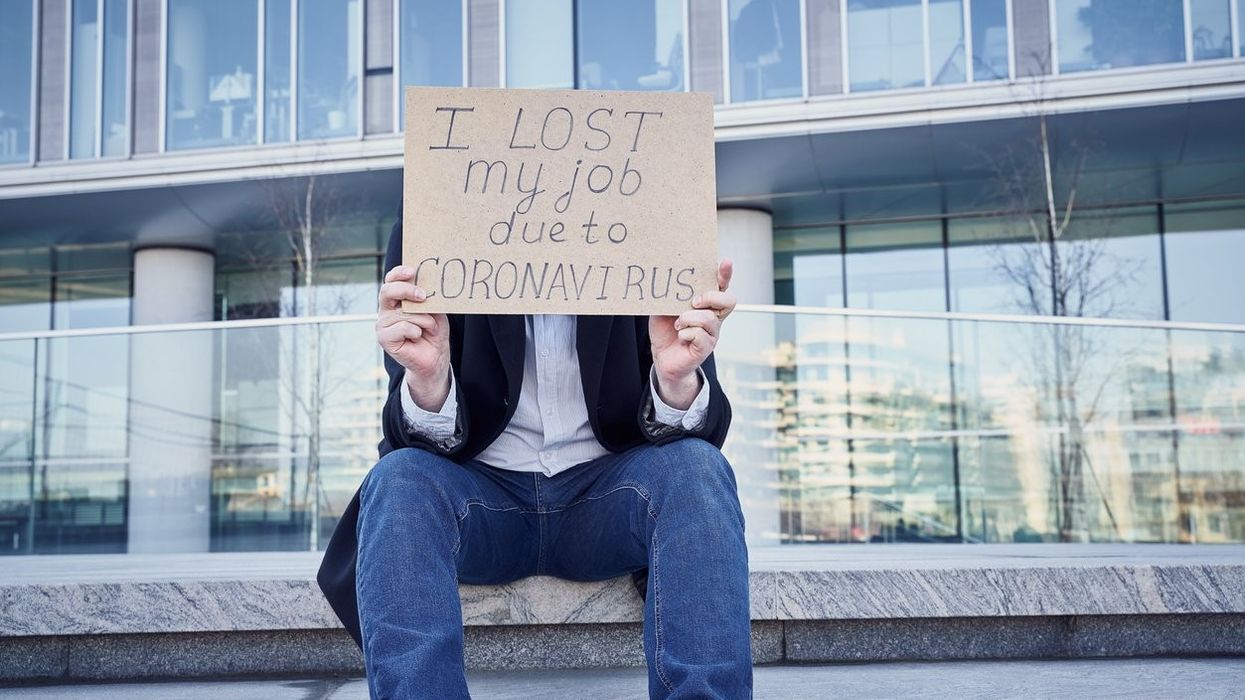A NEW analysis of the Trades Union Congress (TUC) published on Saturday (27) has revealed that the unemployment rate for black and minority ethnic (BME) workers has risen more than twice when compared to the the unemployment rate for white workers during the Covid-19 pandemic.
The figures from the Office for National Statistics (ONS) stated that the BME unemployment rate shot up from 5.8 per cent to 9.5 per cent between the final quarter of 2019 and the final quarter of 2020. The unemployment rate for white workers rose from 3.4 per cent to 4.5 per cent during the period.
The unemployment rate for black African and Caribbean workers has risen to 13.8 per cent. Besides, one in 10 BME women are now unemployed, said the union body. BME workers in London also experience a 24 per cent pay gap.
Lord Simon Woolley and Baroness Doreen Lawrence have signed a joint statement calling on the government to tackle increasing racial inequality and publish racism report without further delay.
The Office for Budget Responsibility has forecast that the unemployment rate for all workers will peak at 7.5 per cent in the second quarter of 2021.
The new analysis comes as unions, charities and campaigners have signed a joint statement calling on the prime minister to take the action he pledged last summer to end structural racism and inequality.
The Sewell Commission on race and ethnic disparities was set up in response to the disproportionate deaths of BME people during the pandemic.
Responding to the new analysis, the TUC has urged the government to implement the full recommendations from the seven reports-Lammy, Angiolini, Williams (Windrush), McGregor-Smith, Kline, Parker and Timpson- commissioned since 2010.
It also demanded to set out a race equality strategy to guide the Covid-19 response and to introduce mandatory ethnicity pay reporting.
TUC General Secretary Frances O’Grady said: “BME workers have borne the brunt of the economic impact of Covid-19, losing their jobs twice as quickly as white workers. And when BME workers have held on to their jobs, we know that they are more likely to be working in low-paid, insecure jobs that put them at greater risk from the virus.
“This is evidence of the structural discrimination which has led to a disproportionate BME death rate from coronavirus. This crisis has to be a turning point. As we emerge from the pandemic, we can’t allow these inequalities in our workplaces – and our society – to remain.
Lord Simon Woolley, former Chair of the government racial disparity unit, said: “If the government cares about tackling deep seated structural racism it must deliver big now. Anything less will be a kick in the teeth for our communities."
Dr Patrick Roach, chair of the TUC’s anti-racism task force, said: “The impact of the pandemic has been devastating for our economy, and especially for black workers who are not only more likely lose their jobs but also to die at work.
“A national plan to tackle racial disparities in employment and in the labour market must also address the root causes and confront them head on.”














